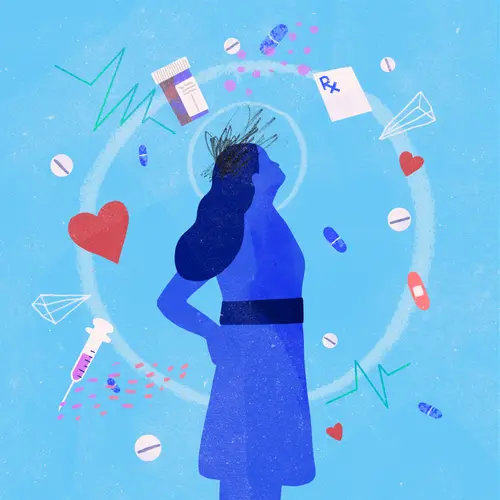Some burns are minor injuries you can treat at home. Others cause lasting damage to your skin, muscles, and bones and require long-term medical care.
The type of burn you have depends on what caused it, as well as how severely your skin has been hurt.
Common Causes of Burns
Open flames are one of the most common reasons that people get burned, but there are many other causes. They include:
- Friction burns. When a hard object rubs off some of your skin, you have what’s called a friction burn. It’s both an abrasion (scrape) and a heat burn. These are common in motorcycle and bike accidents. Carpet burn is another type of friction burn.
- Cold burns. Also called “frostbite,” cold burns cause damage to your skin by freezing it. You can get frostbite by being outside in freezing temperatures. It can also happen when your skin comes into direct contact with something very cold for a prolonged period of time.
- Thermal burns. Touching a very hot object raises the temperature of your skin to the point that your skin cells start dying. Very hot metals, scalding liquids, and flames all cause thermal burns. Steam can, too.
- Radiation burns. Sunburn is a type of radiation burn. Other sources of radiation, like X-rays or radiation therapy to treat cancer, can also cause these.
- Chemical burns. Strong acids, solvents or detergents that touch your skin can cause it to burn.
- Electrical burns. If you come into contact with an electrical current, you can get this type of burn.
How Bad Is My Burn?
Doctors group burns into different categories based on how deeply your skin has been harmed. These are called “degrees.” You can have a first-, second-, third-, or fourth-degree burn. The higher the degree, the more severe the burn is.
First-degree. These burns only affect the outer layer of your skin, called the epidermis. A mild sunburn’s one example. Your skin may be red and painful, but you won’t have any blisters. Long-term damage is rare.
Second-degree. If you have this type of burn, the outer layer of your skin as well the dermis – the layer underneath – has been damaged. Your skin will be bright red, swollen, and may look shiny and wet. You’ll see blisters, and the burn will hurt to the touch.
Third-degree. Sometimes called a “full thickness burn,” this type of injury destroys the epidermis and all layers of your skin. Instead of turning red, it may appear black, brown, white or yellow. It won’t hurt because this type of burn damages nerve endings.
Fourth-degree. This is the deepest and most severe of burns. They’re potentially life-threatening. These burns destroy all layers of your skin, as well as your bones, muscles, and tendons.
Sometimes, the degree of burn you have will change. This can happen if your damaged skin keeps spreading and the injury becomes deeper.
Burns can lead to many complications, including infection and bone and joint problems. Because of this, it’s a good idea to always follow up with your doctor.
